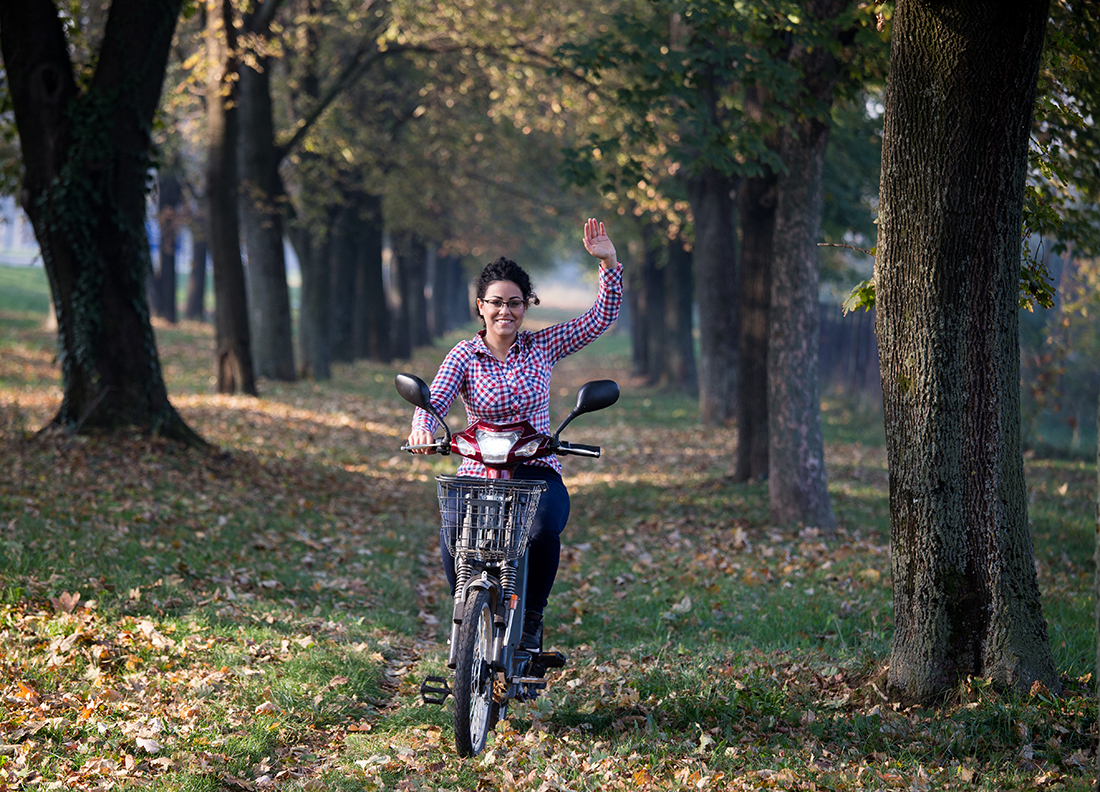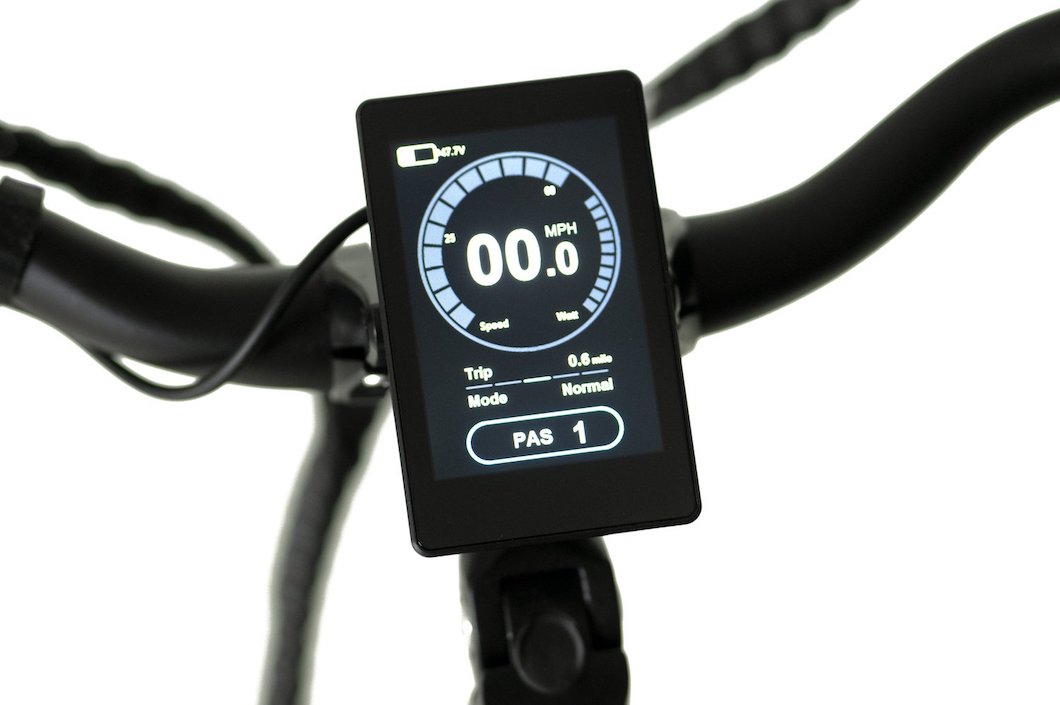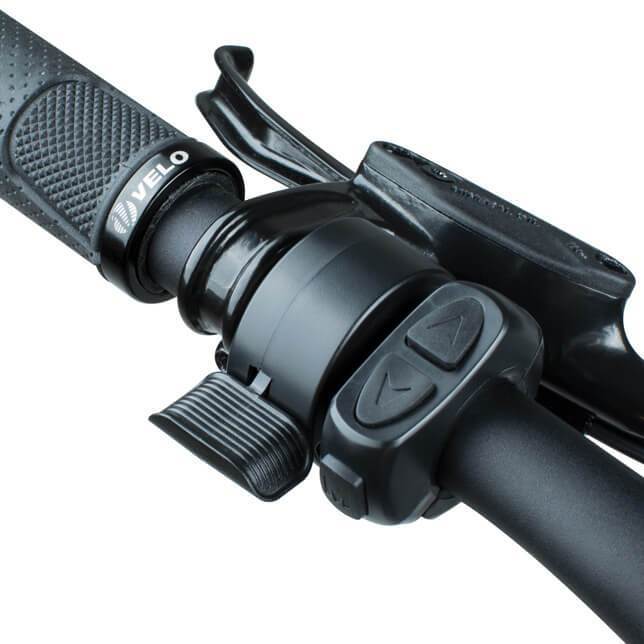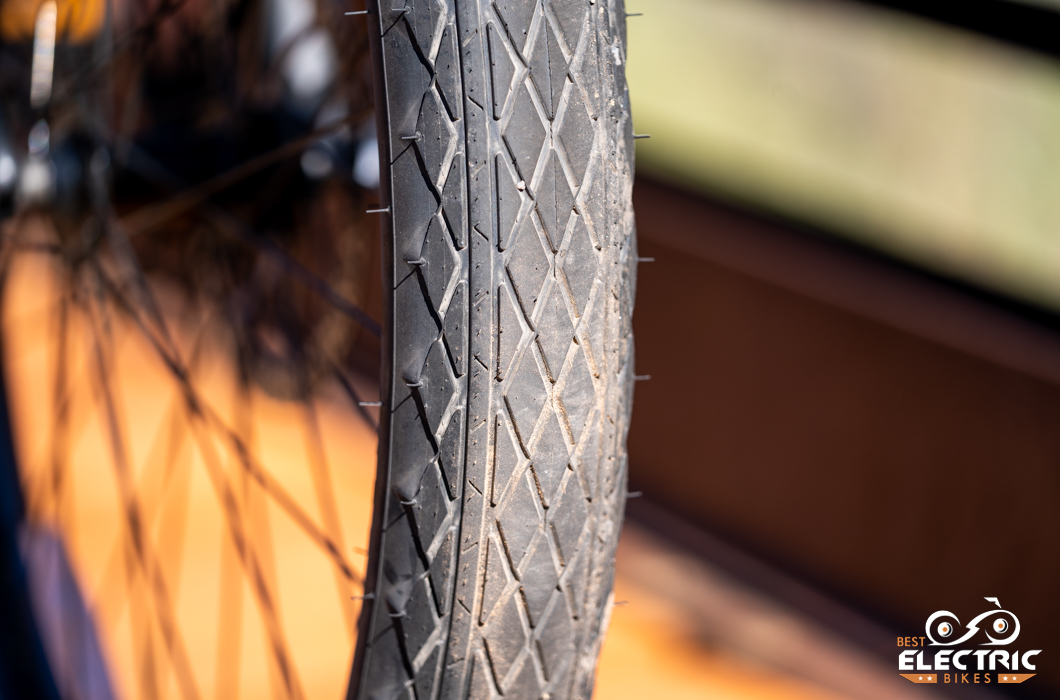
Range anxiety is a thing. It happens with e-bikes just as it happens with electric vehicles. Any time someone leaves home for a ride on their e-bike, they don’t want to be caught miles from home with a dead battery. So how do you get the maximum amount of range from your e-bike?
When a manufacturer lists the range for an e-bike, that number represents a kind of ideal. Range is based on a calculation of the battery’s size, the motor’s power, the anticipated rider weight, how hilly the terrain is and what surface the tires are rolling on. Some e-bike companies will go to the trouble to send riders out on their e-bikes and will report what sort of range the rider experienced, how much the rider weighs and, maybe, how hilly the terrain was.
There are a number of ways to increase an e-bike’s range. Buying an extra battery is an option, of course, but who wants to add a 6-lb. brick to their backpack, saddle bag or basket? Let’s not forget the several-hundred-dollar expense, either. There are, however, much lighter and less expensive ways to extend an e-bike’s range. Here are Best Electric Bikes‘ top six tips for extending an e-bike’s range:
1. Ride in PAS 1 or Eco

The first, easiest way to squeeze more mileage out of an e-bike’s battery is to use that power more sparingly. Setting the controller to PAS 1 or Eco mode—whatever the e-bike has as its lowest level of assistance—will draw less power from the battery. Yes, the ride will be slower, but at lower speeds there’s less wind resistance and aerodynamics have a big effect on how much power is required to go a certain speed. By setting the controller to PAS 1, a rider is most likely to see range numbers similar to those quoted on an e-bike company’s web site.
2. Stick to flatter routes
Climbing a hill uses more energy than riding on flat ground. And while going downhill offers a reprieve to legs and battery alike, Hills draw more energy than riding on flat ground, even with the benefit of the downhill calculated in. Riding on flat ground will ask less of the battery, extending range.
3. Don’t use the throttle

This may seem obvious, but we need to mention it; using the throttle means asking the motor to do all of the work, not just part of it. When we pedal, even if we aren’t doing most of the work, we’re doing at least some of the work. The throttle is the e-bike equivalent to the gas-guzzler. Consider this: Nothing will run down a battery quicker than throttling along in PAS 5. Not using the throttle at all will automatically increase the e-bike’s range, no matter what PAS level they are using.
4. Stay on paved roads
A soft riding surface is slower than a hard one, so riding on a gravel path or a trail will see an e-bike’s range drop. Staying on pavement will see a rider cover more distance on a single charge.
5. Pump up the tires to an appropriate pressure
Rolling resistance is a measure of how much energy must be expended to make a wheel (or tire) roll. Things that influence rolling resistance include wheel size, tire width (both of these affect the shape of the tire’s “footprint”), the tire tread, the hardness of the surface on which the wheel is rolling and, finally, how hard the tire is.
Riders sometimes make the mistake of thinking that more pressure is automatically faster. That’s not actually the case. Many tires found on commuter e-bikes ride best at 50-70 psi. The big tires (4+ in.) found on all-terrain e-bikes roll best at less than 20 psi. One rule of thumb is if the tires feel like they bounce at each pavement seam or crack, let out 5 psi., and keep doing that until they absorb the shock of those bumps.
6. Buy a tire with lower rolling resistance

Every generality has its limits, but generally speaking the smoother and skinnier the tire is for a given wheel size, the faster it will be. Again, there are limits to this. The rider whose e-bike rolls on 4-in.-wide knobby tires can see a noticeable gain in range by switching to a narrower tire with less tread, or even no tread.
For those shopping for an e-bike
Riders looking to purchase an e-bike with above-average range will want to weigh each of the following factors:
- Bigger wheels. The larger the wheel diameter, the lower the rolling resistance. E-bikes with 700C win, with 27.5-in. wheels coming in second.
- Mid-drive motors. E-bikes with mid-drive motors use their power more conservatively. Riders can often expect an e-bike 672Wh battery to cover at least 10 percent more ground than one with a hub motor and a cadence sensor.
Everything in moderation
The rider who takes each of these tips and maximizes them on their e-bike may see their e-bike’s range double—or more. However, the ride on a natural-surface trail on wide, knobby tires pumped to a relatively low pressure is orders of magnitude more comfortable than riding a skinny tire pumped to a high pressure on pavement. Riders may want to try one or two of these tips at a time rather than trying them all at once in order to judge how much those changes affect their comfort.
Case in point: To get through intersections quickly, reducing the amount of time spent in front of cross traffic, use PAS 5 just before the intersection, but once safely through, dial back to a lower PAS. That alone can make a huge difference in range.
Whether someone chooses to try one of these tips or all of them, riders can always squeeze more range out of their e-bike.


Leave a Reply